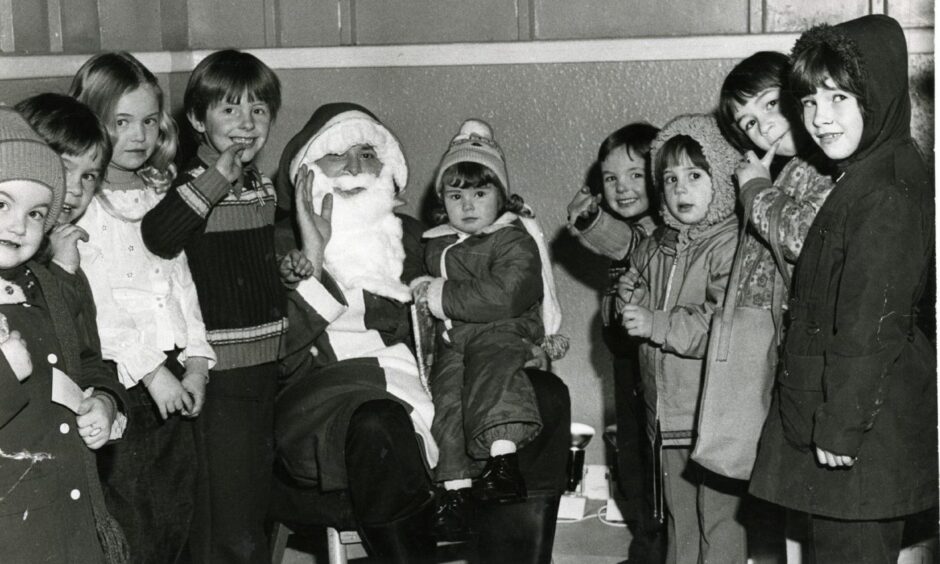
Christmas parties haven’t changed over the years with paper hats, crackers, sandwiches and a visit from Santa Claus still the highlight for children.
It’s the most wonderful time of the year.
Although, Hogmanay in Scotland was once more popular than Christmas.
There was a time when many Scottish employers refused to bow to English pressure to stop working on Christmas Day and December 25 only became a public holiday in 1958.
It was still something of a novelty to see a Christmas tree in domestic settings in homes across the country and Boxing Day didn’t get public holiday status until 1974.
Looking after the most vulnerable
Even though Hogmanay was the primary time of celebration, Christmas was, and remains, the season for generous Dundonians to remember the poor and struggling.
The East Poorhouse at Maryfield, which housed 1,000 people, for example, would make extra efforts to have treats on Christmas Day.
George Armistead provided annual entertainment with a substantial dinner being served in the various wards before assembling to enjoy a social meeting in the chapel.
Christmas parties for children at the mills were big events.”
Dr Kenneth Baxter
In 1887 chairman Robert Keith opened the proceedings with a few remarks and said it was a pleasure to be happy and it was a pleasure to give happiness to others.
He said this example by Mr Armistead could be copied by all, though perhaps in a humbler way, and he asked everyone present to endeavour, by kind words and tender actions, to be the means of giving happiness to each other.
A varied and interesting concert followed which included a party of ladies and gentlemen singing songs and entertainment by “an amateur band of minstrels”.
Captain William Adams appeared on the platform with a young Eskimo in his native dress of grey furs who had requested to be taken with him to Scotland for the winter.
The Greenlandic Inuit was a celebrity during his time in Dundee.
Urio Etwango put on a demonstration of his traditional way of life and showed the children how to paddle a canoe and concluded his performance by singing and dancing.
A pie for supper followed before the hall was cleared for dancing.
In 1903 Lord Provost Barrie entertained the poor of the city in the Kinnaird Hall with the Adult Free Breakfast Mission, which was a predecessor of the local foodbank.
More reminiscences include a memory by James Valentine of the treat arranged for children by staff of the Dundee Corporation Tramways at Kinnaird Hall.
“To qualify for the Tramway Treat to the bairns at Christmas time, children were picked from local schools,” he said.
“I remember ripping my jumper and being chosen.
“The treat was in the breakfast hall in Constitution Road where everyone got some food and we played games. I think I would have been about seven or eight.”
Christmas remained a working day for the vast majority of Scots.
The ice was broken with children’s events.
Christmas was the time for occasional elaborate rituals at Dundee’s grandest department stores including G. L. Wilson, which stood on the corner of Murraygate.
A special effort would always be made to put on a show for the customers and its Christmas Grotto was a popular attraction that traded successfully for many years.
The Santa Claus club at G. L. Wilson was another popular Christmas attraction and the main man would be greeted by huge crowds on his sleigh ride to the front door.
Santa’s sacks of gifts were separated into different age groups and the presents would get bigger the older you were, which wasn’t lost on some street-wise primary kids.
So when it was time to chat to Santa they would increase their age digits, which could make the difference between getting a humble water pistol or a Luger toy cap gun.
It was a seasonal tradition that youngsters of workers at the jute mills and factories would gather for a day of excitement with a visit from Santa Claus as part of the proceedings.
Often, there would be one party for the children of employees, and another for the employees and their wives or partners.
An early example comes from Caird’s Ashton Works in December 1935, with a party for staff and some of the firm’s pensioners featuring songs, recitations and dance exhibitions.
Christmas parties in the jute mills
Dr Kenneth Baxter from Dundee University’s archive services said: “Christmas parties for children at the mills were big events.
“Generally they were organised by the various social clubs and committees associated with the mills.
“For instance, on Friday December 21 1945 over 140 children attended a party which had games and a cinema showing at Dens Works Factory Department’s canteen.
“The children were given saving stamps and Santa put in an appearance.
“Similarly, in 1951, 240 children of employees at Baxter Brothers’ Lower Dens Works had a party in its canteen with Santa giving each a present from the Christmas tree.
“1951 also saw a Christmas party attended by 100 adults and over 160 children at Bowbridge Works organised by the Social Committee of Caldrum Works.
“Santa’s visits seem to have been the highlights of most of the children’s parties.”
There would be games galore, Christmas hats, party food and lots of music to dance to, although sometimes the entertainment left a lot to be desired.
In 1955 around 170 children aged between three and 12 attended the annual Christmas party at Baxter Brothers’ Upper Dens Works in the factory canteen.
Dr Baxter said the entertainment included the works’ manager showing a film he had made at Monikie of a works’ picnic a few years earlier.
The City Square has been the place for a Christmas party since 1952.
Dundee’s first-ever public tree was erected following a request from Dundee Rotary Club and crowds gathered as 300 lights sparkled from the branches.
There was entertainment put on at the tree for 10 days to raise money for local charities, including performances from local choirs, carol singing, pipe bands and brass bands.
Dundonians gathered in their hundreds on Christmas Eve to sing their favourite carols.
Dinner-dances featured in the papers
Work Christmas parties were not a new phenomenon but they undoubtedly increased in number and were almost universal by the 1960s, 1970s and 1980s in Dundee.
These were the days when manufacturing employed as much as 40% of the city’s workforce including the likes of Levi’s, Michelin, NCR, Timex and Valentines.
A dinner-dance would be hosted in a local hotel and the line-up of staff would usually feature in the Evening Telegraph’s Friday Night Out column during the festive season.
They all cut a figure of sartorial elegance.
Christmas parties were also popular in Dundee housing schemes where the community would gather together in festive sweaters for party games.
They still are.
Nurseries, primaries and secondaries all have Christmas parties, which usually involve a charity element by asking for a donation for good causes.
Some children also spread cheer by going to care homes to sing songs.
Much has changed since Victorian times.
But Christmas parties in 2023 are still about people getting together – often while also bringing joy to those less fortunate.
Just like they did at the East Poorhouse way back when – so perhaps not too much has changed, after all.
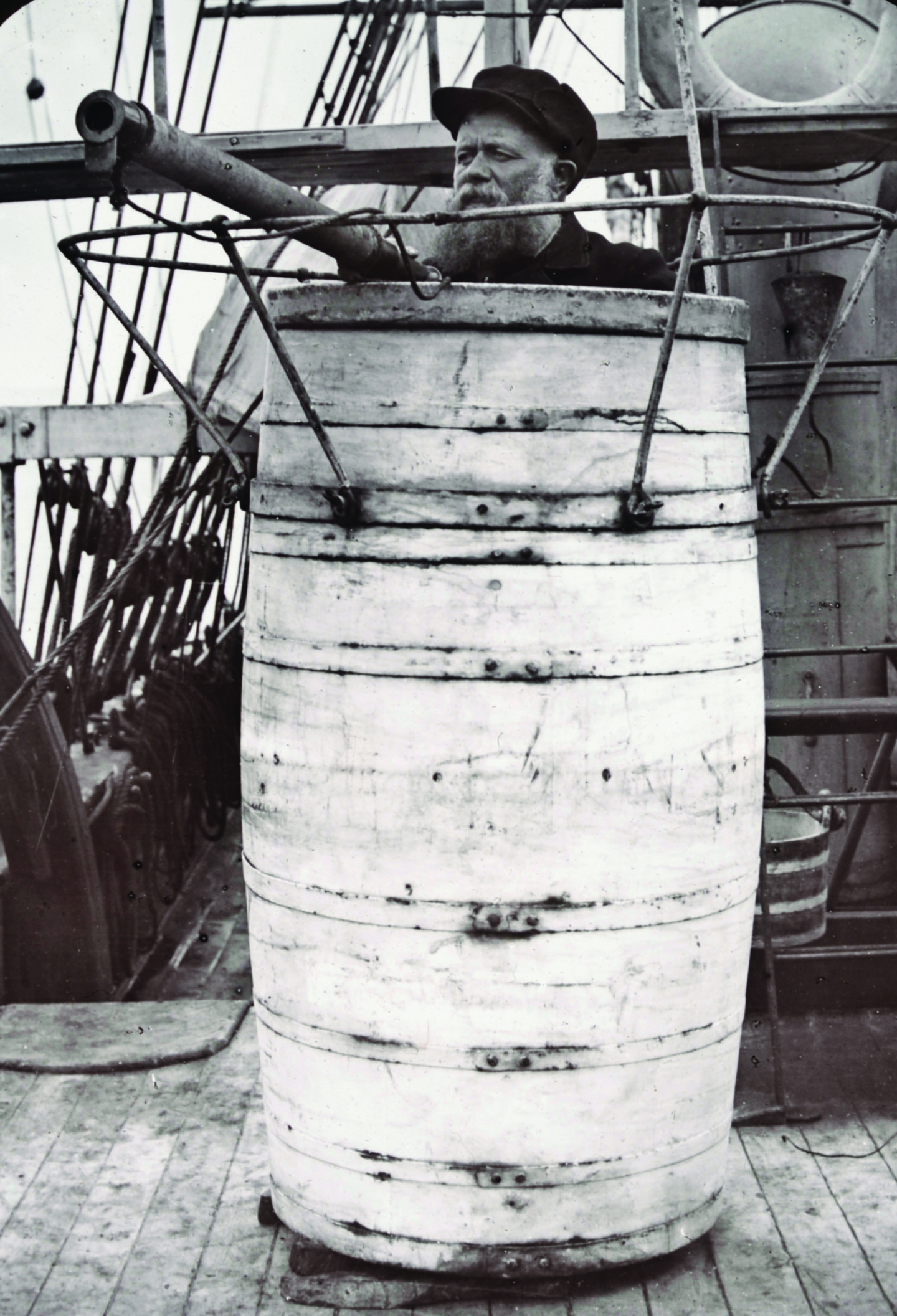
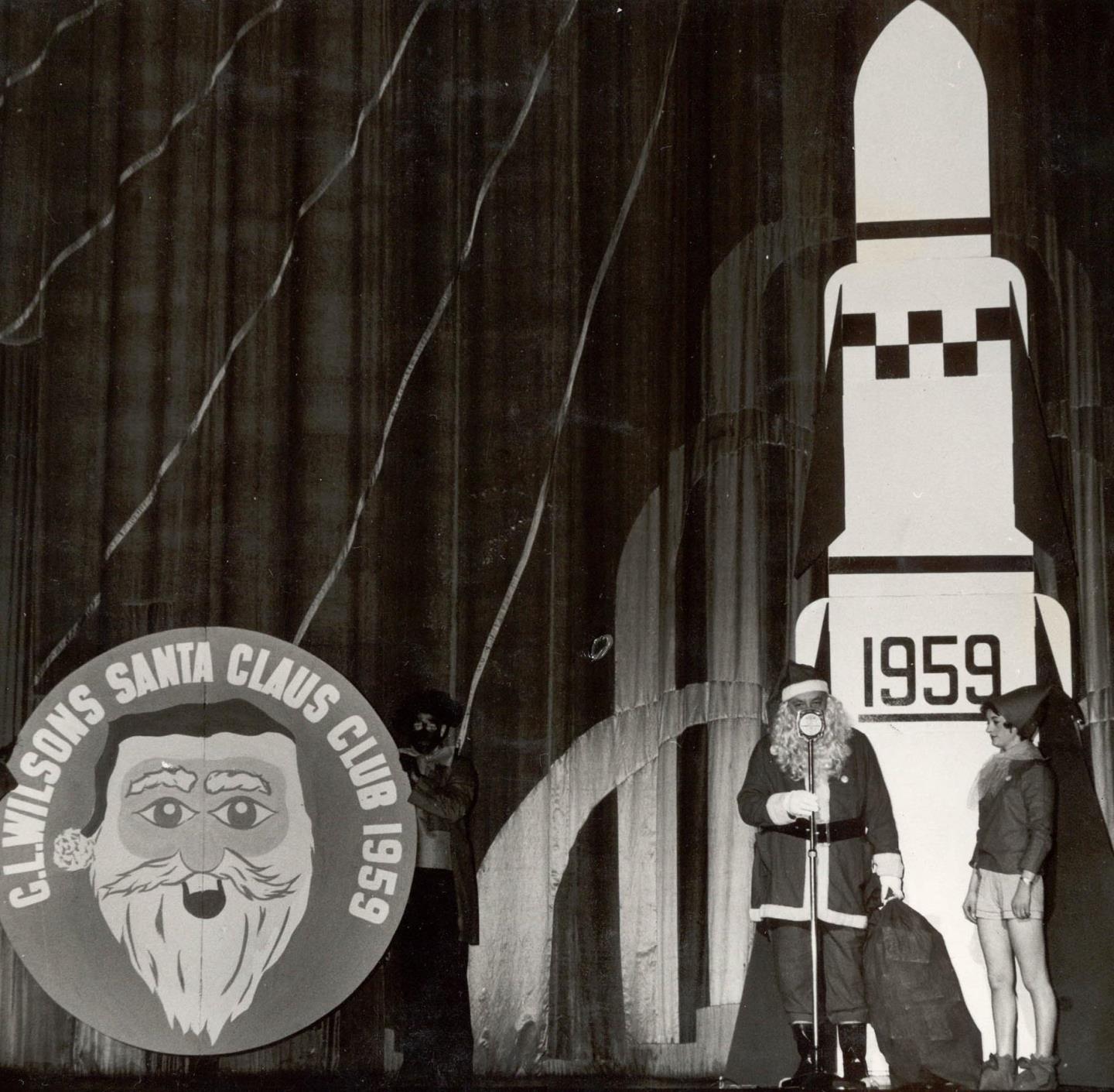
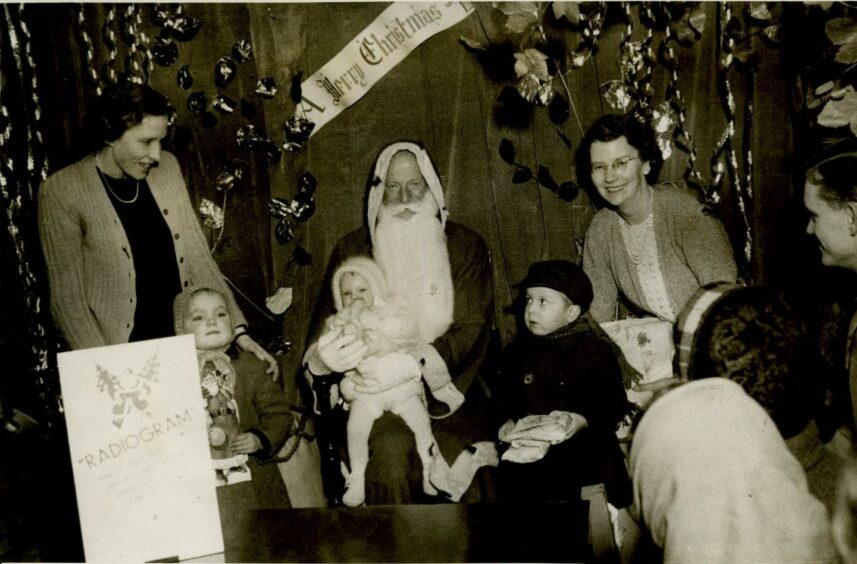
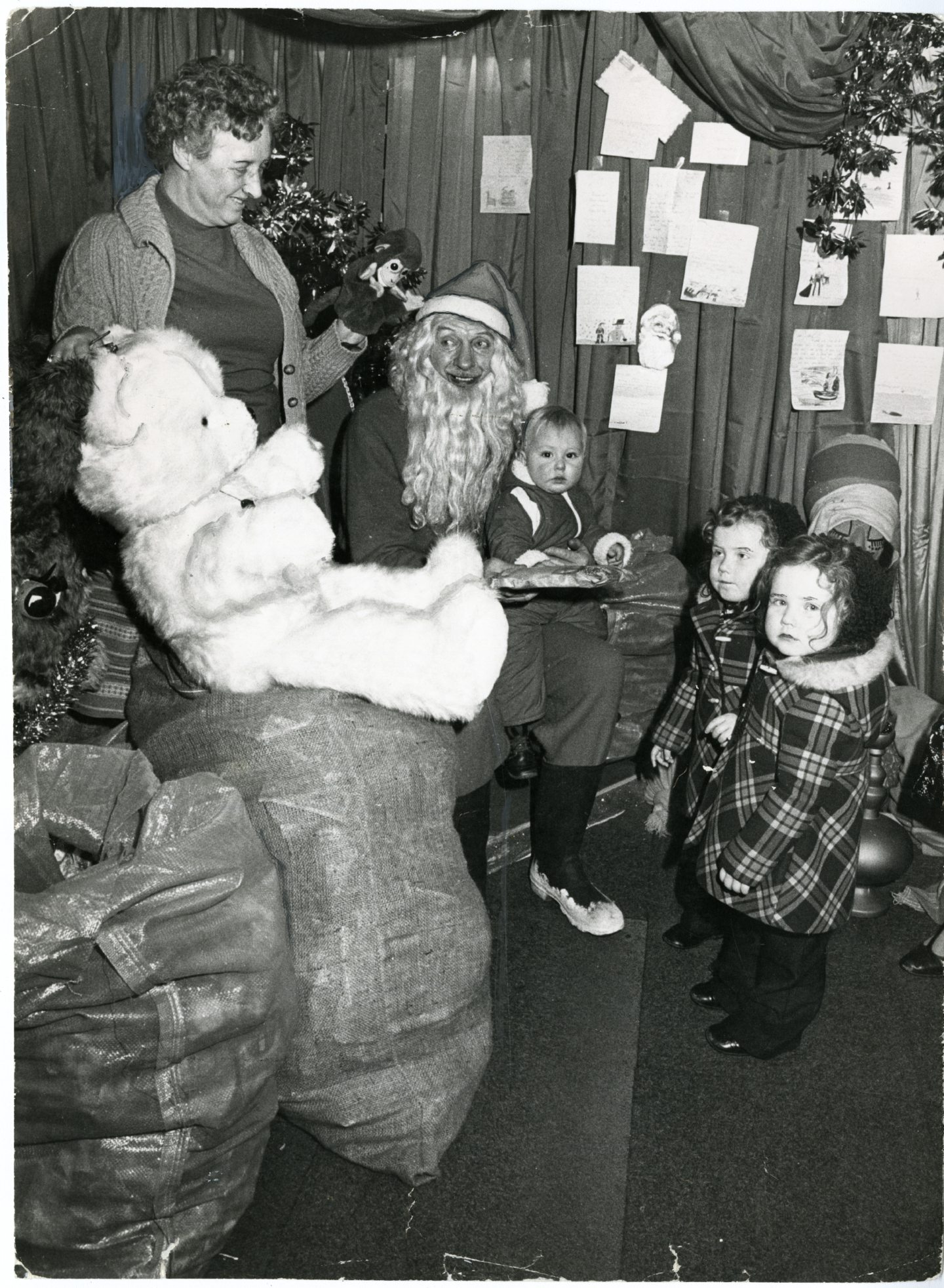
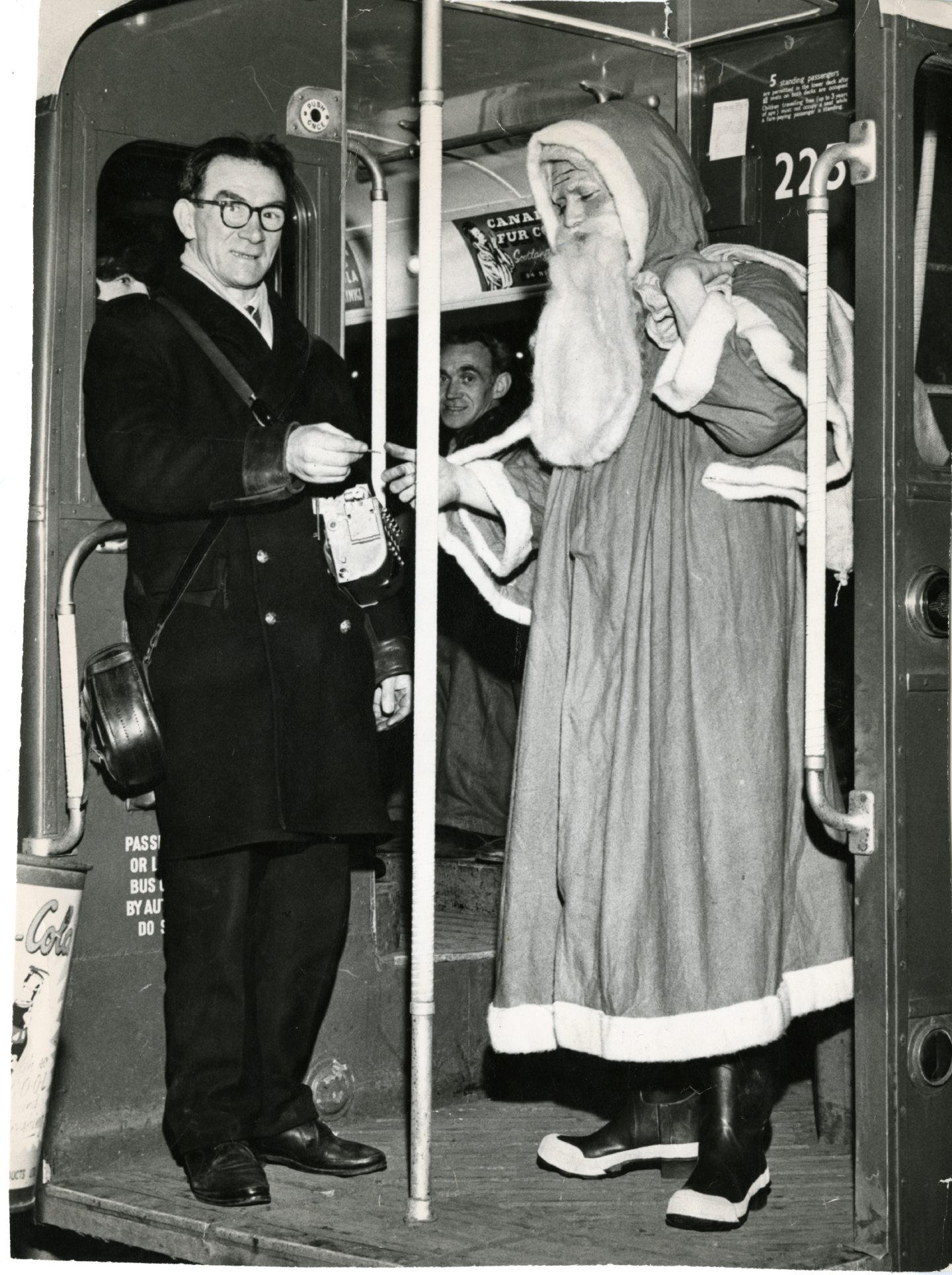
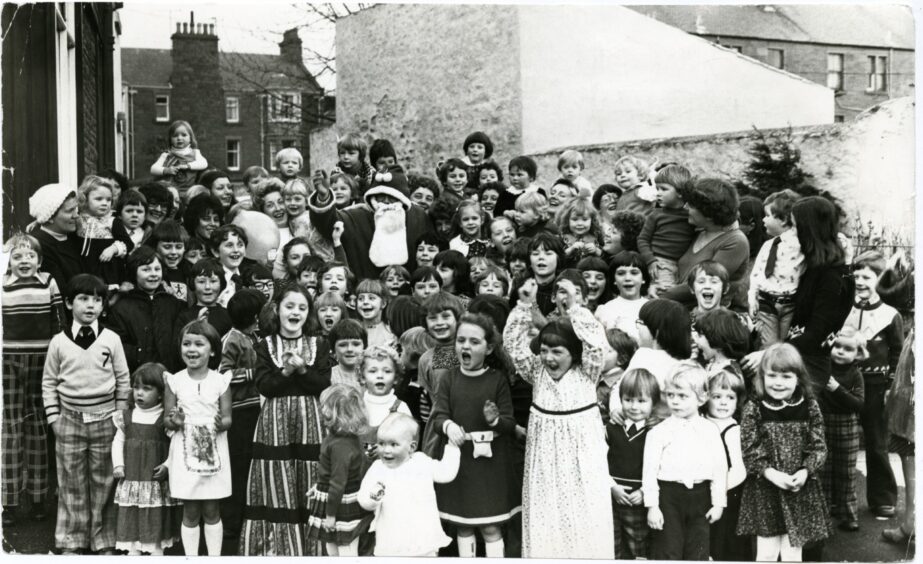
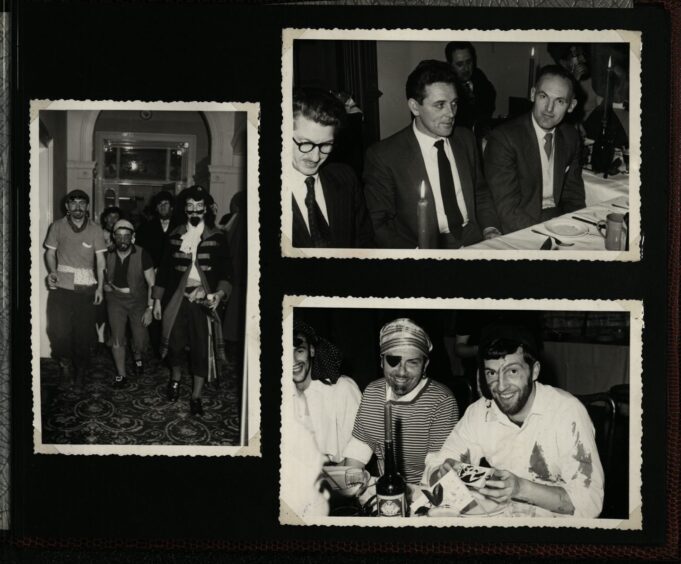
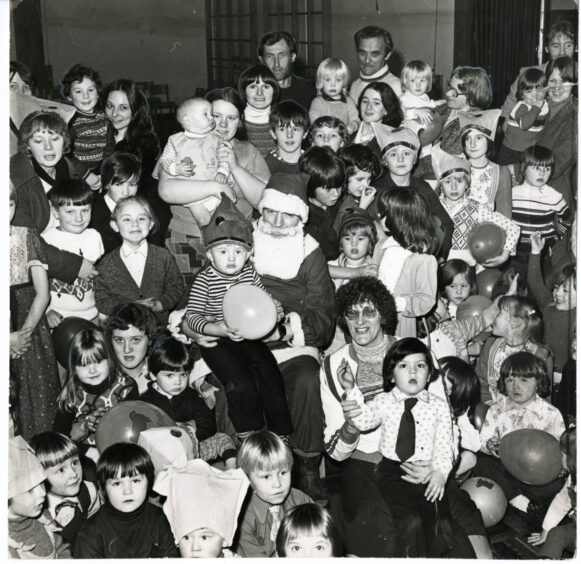
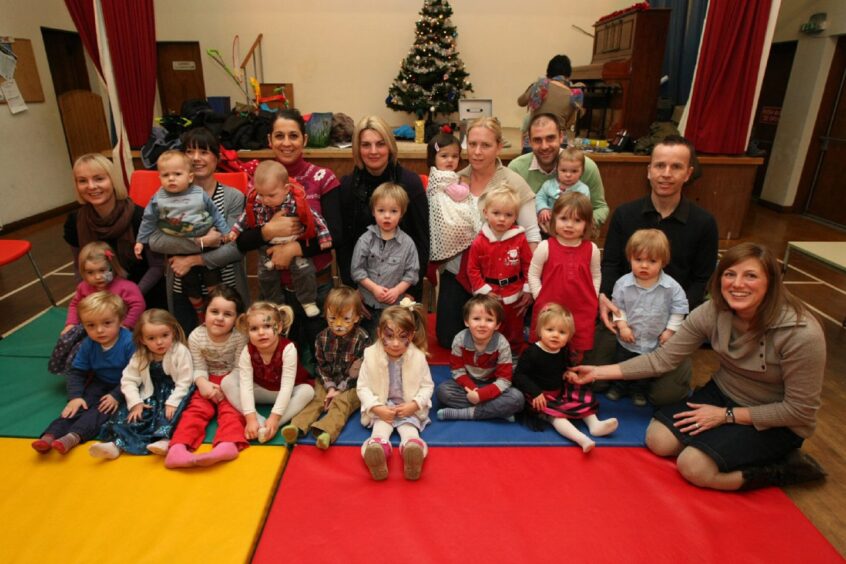
Conversation